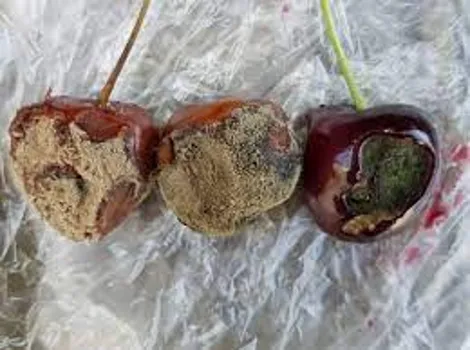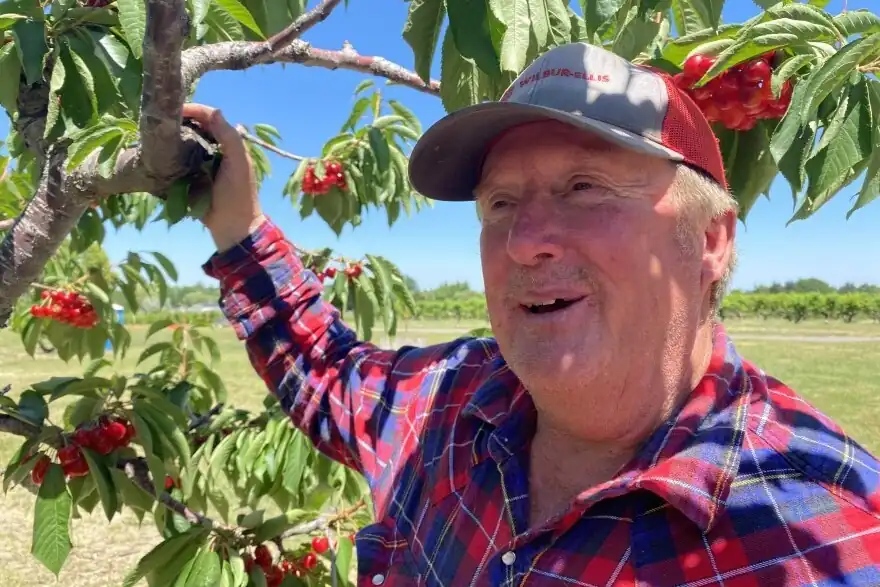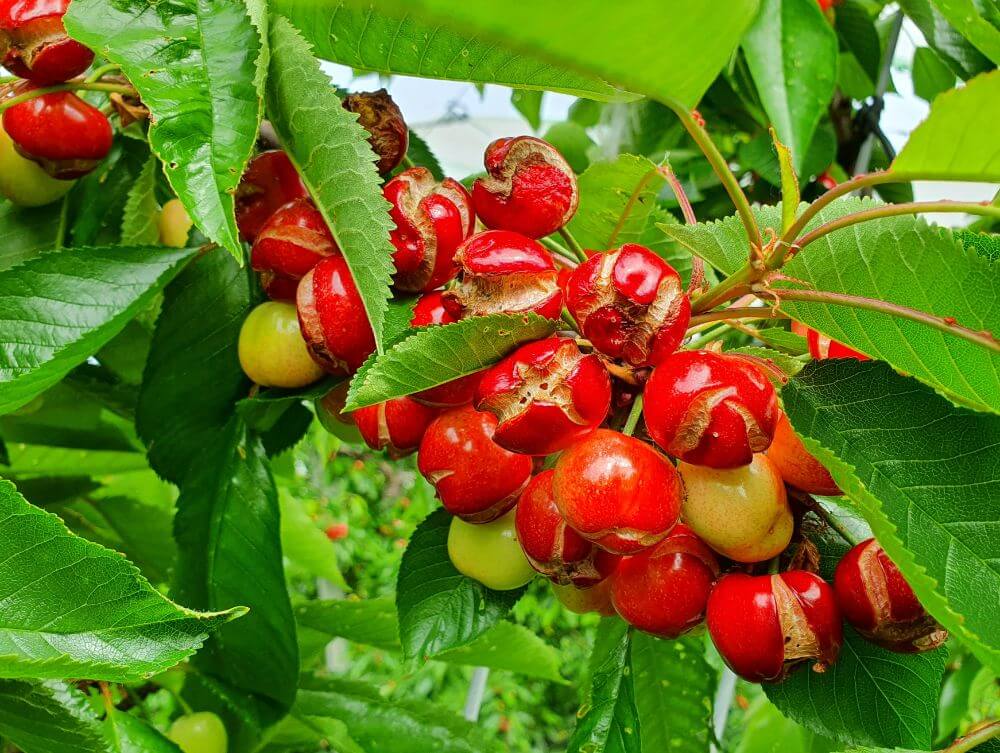Fruit rot is a significant issue for cherry producers, leading to potential losses in both production and revenue. In China, a country known for its cherry production, this problem is highly relevant. Shandong, a province in China, and particularly the city of Yantai, serves as the country’s main production hub, covering around 70% of the cultivated area and generating 80% of the nation’s total cherry yield.
A recent Chinese study examined the diversity of pathogenic fungi associated with cherry fruit rot in this province, aiming to identify the species involved and evaluate their virulence.
In 2022, researchers collected 144 symptomatic cherry fruit samples from 11 different orchards located in the northwest region of Yantai. From these fruits, 107 fungal strains were isolated and identified through morphological and multi-locus phylogenetic analysis.
The results revealed the presence of eight fungal species, with the Alternaria alternata/tenuissima species complex as the dominant group, accounting for 79.44% prevalence. Other species identified included (in descending order) Fusarium lateritium, Fusarium verticillioides, Fusarium incarnatum, Fusarium proliferatum, Diaporthe eres, Botryosphaeria dothidea, and Nothophoma quercina, the latter representing 0.94% of the total.
For some of these species, this marked the first report in China of their role as pathogenic agents in cherry fruit rot.
Pathogenicity tests showed that all isolated species could cause fruit infections, though with varying levels of aggressiveness. Among them, Diaporthe eres displayed the highest virulence, followed by Fusarium incarnatum, Botryosphaeria dothidea, and the Alternaria alternata/tenuissima species complex.

Conversely, Fusarium verticillioides proved to be the least virulent pathogen. An interesting finding from the tests was that even without wounds, the fungi could penetrate the fruit and cause rot symptoms, though the damage was more severe in wounded fruits. Infections caused by the Alternaria alternata/tenuissima complex manifested as circular black spots, while other fungi led to rapid softening of the fruit, often covered by white or gray mycelium.
The results provided a more comprehensive picture of the fungal species that are causative agents of cherry fruit rot in China. The diversity of pathogens identified, together with their varying pathogenicity, suggests that an integrated approach combining preventive techniques and targeted treatments could be the most effective solution to mitigate the impact of this disease.
Moreover, the discovery of new species as fruit rot pathogens lays the groundwork for future studies, paving the way for the development of specific management measures.
In summary, the study highlighted the complex interaction between various pathogenic fungi and cherry fruits, underscoring the importance of constant monitoring and targeted, specific interventions to effectively reduce fungal infections and safeguard Shandong's cherry production.
Source: Liu, Ting, et al. (2024). Fungal diversity associated with cherry fruit rot in the Shandong province, China. Journal of Phytopathology, 172(4), e13361; https://doi.org/10.1111/jph.13361.
Images: Hang; Summerfruit
Andrea Giovannini
University of Bologna (IT)
Cherry Times - All rights reserved













